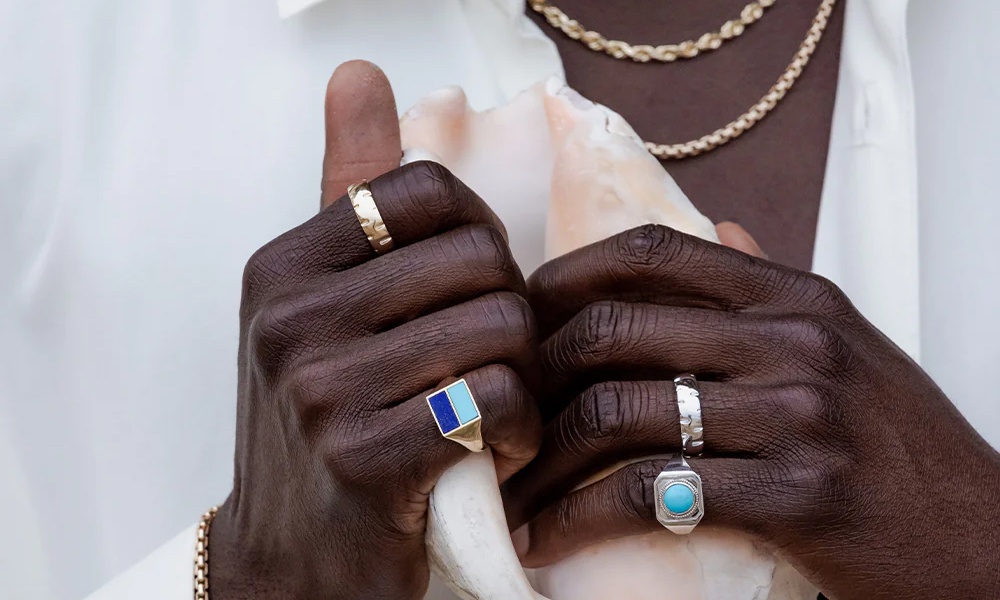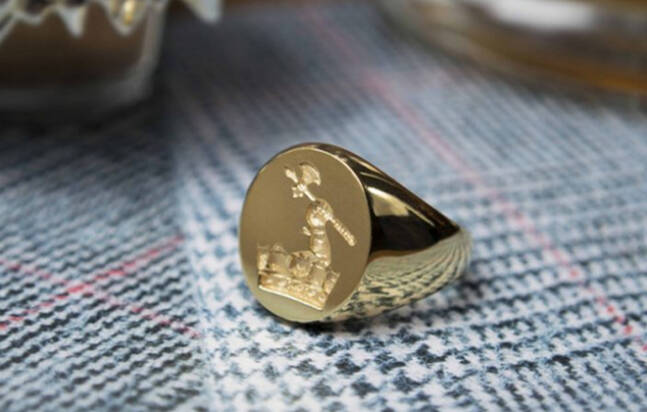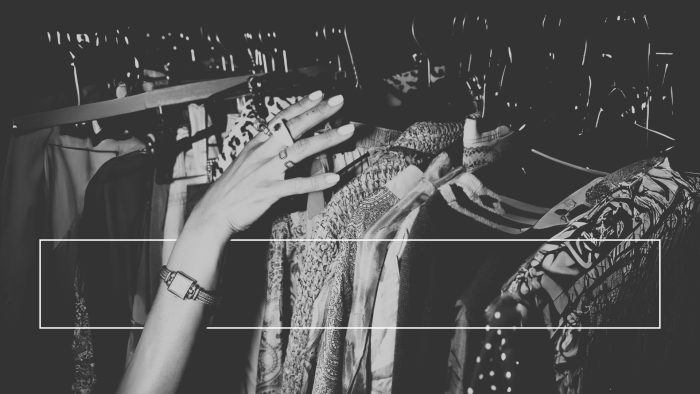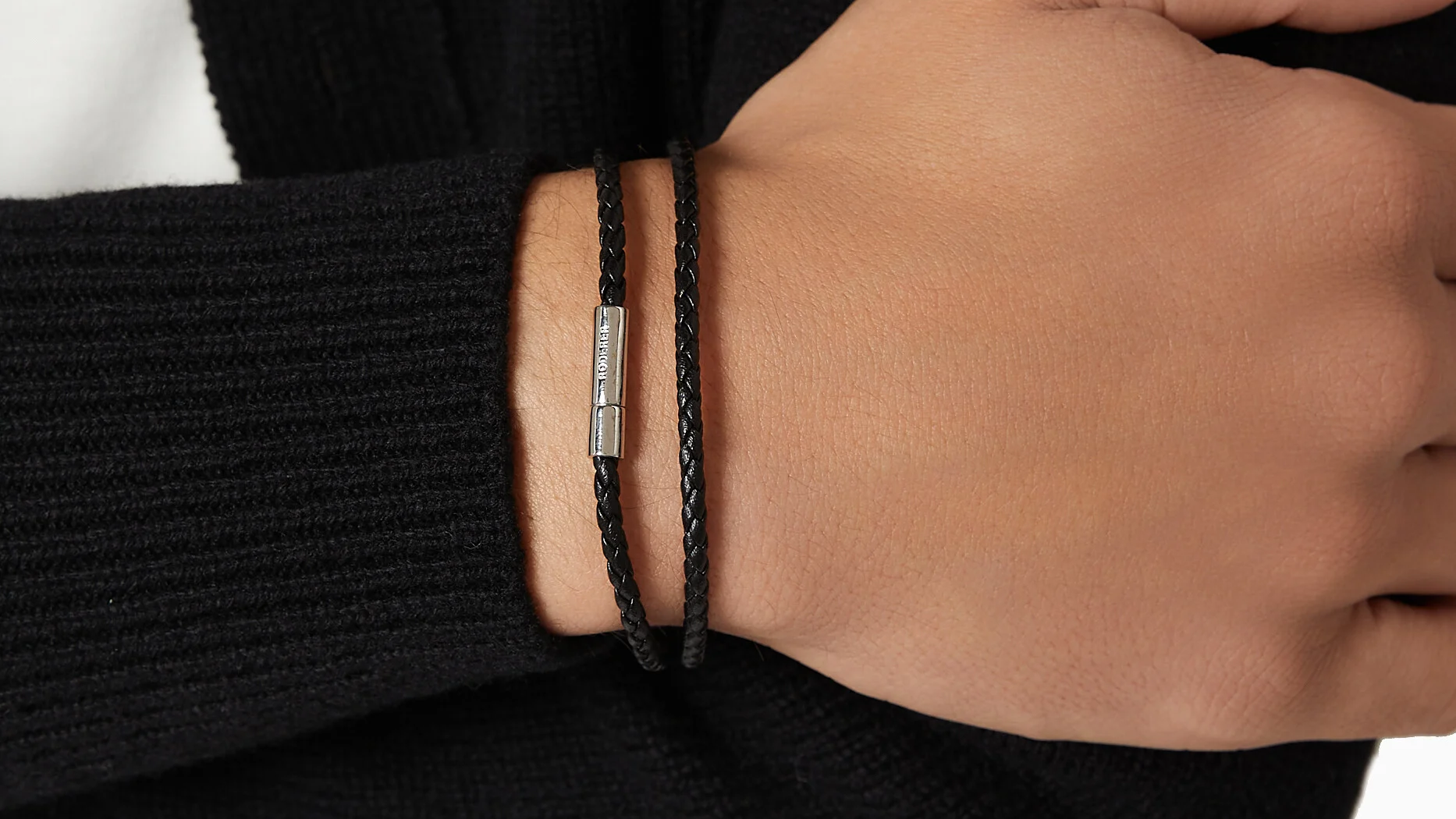While the conversations about “old money” and “stealth wealth” aesthetics have almost entirely focused on garments in recent years, the true telltale sign of dressing like a Rockefeller comes from the small details, like the jewelry that the one-percenters wear.
Whether it’s a Blancpain watch on the wrist or a pair of Jacques Marie Mage sunnies for a holiday in Biarritz, a true testament of high end style comes to knowing how to tap into the “if you know, you know” crowd without it looking like a costume. One of the easiest old money accessories to pull off may be with the most old money piece of jewelry of them all: the signet ring.
The History of the Signet Ring
The history of the signet ring can be traced back thousands of years to ancient civilizations across Greece, Egypt, and Mesopotamia. Signet rings were used as seals to mark important documents and goods, somewhat like a signature of sorts. These rings were typically made of precious materials like gold, silver, or gemstones and featured intricate engravings on the top. When pressed into clay or wax, signet rings leave a distinctive impression, thereby authenticating documents and sealing valuable items.
Because of the initial use being reserved for the upper-class, it soon became a symbolic marker of wealth and status. In medieval Europe, signet rings became adorned with family coats of arms and were passed down among generations of the wealthy and aristocratic.
These days, people aren’t authenticating their letters with a custom wax seal. Hell, many don’t even have all that many physical letters that need authenticating at all. Yet the signet ring lives on with a more fashion-forward vibe that acts as a shorthand of sorts to indicate (or fabricate) an old-money family history.
What To Know Before You Buy
There are a few key points when buying a signet ring if you want to keep it as traditional as possible. Of course, there’s no rule that says you have to follow these guidelines, but if you’re investing in a piece of jewerly, you might as well do it right the first time.
Material: Traditionally speaking, signet rings are gold, versus silver. Gold has historically been considered a more precious metal back to the time of the Pharaohs and it tends to have just a bit more presence on the hand than silver or rose gold. Go with solid gold as well, to avoid tarnishing, as this will become part of your daily rotation and should be water- and sweat-proof.
How to wear: A signet ring should be worn on the non-dominant hand’s pinky. Not only will it get less banged up on the hand you use less often, it can create a nice contrast to your watch or wedding ring.
Symbol and Monograms: If you want to invest in a signet ring, make sure that you’re designing it to blend in, not spand out. For instance, if your family has a family crest (that you didn’t just Google on the fly and adopt as your own), you can definitely go with that. Be aware that you may have a harder time finding a ringmaker who can engrave it properly versus a monogram. Most modern signets go with a monogram for this reason, but also so you don’t appear too much like you’re pretending. It’s hard to not look like you’re just playing make-believe when you’re wearing a custom designed family crest ring while living in, say, Ohio. Instead, go with something less conspicuous like your initials. If neither of those interest you, replacing an engraving with a precious stone is also an option, though not as popular.
Styling: Like a wedding ring, a signet ring is a part of your daily wardrobe and there’s no need to try to style it too overtly. Daily wear will add a patina and a few markings on it, which will only enhance the character.





